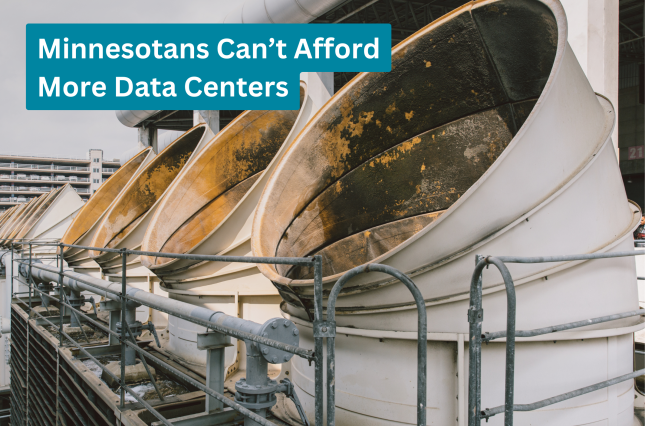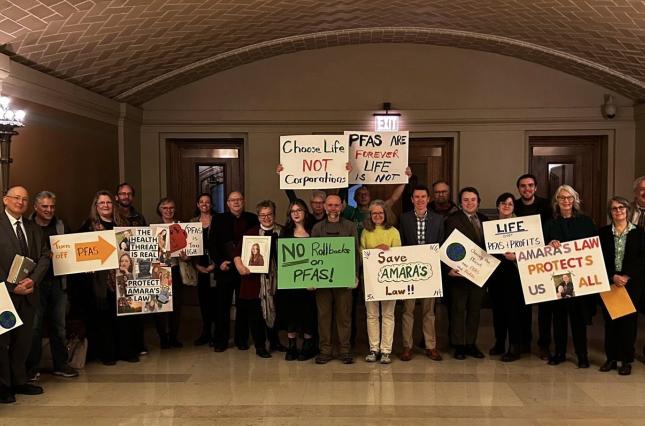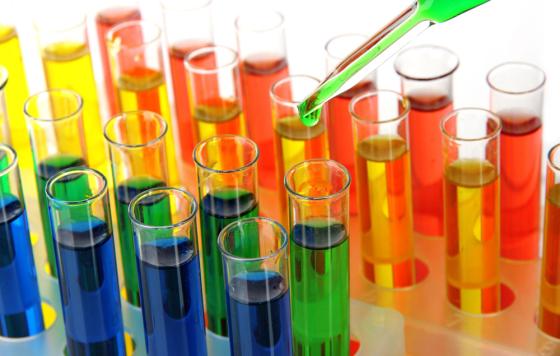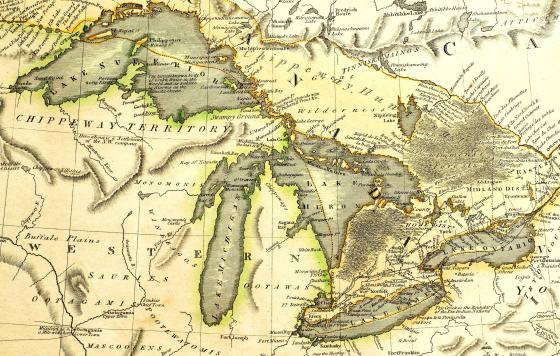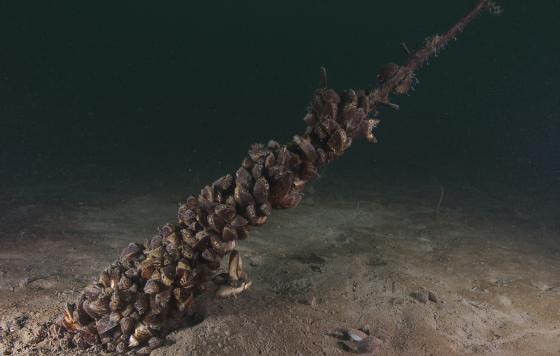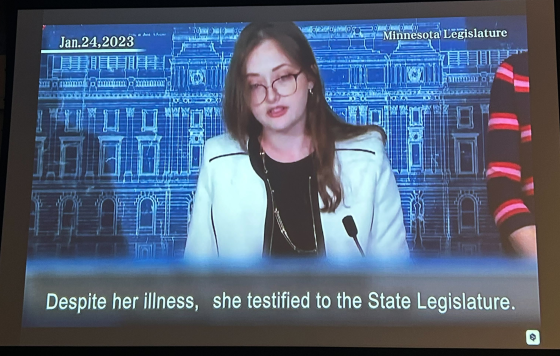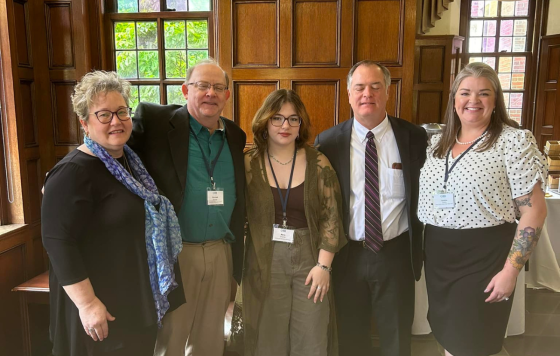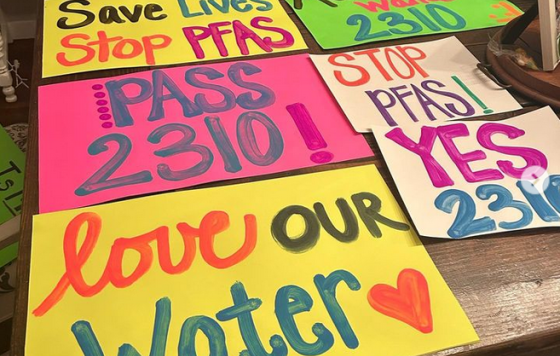Putting Drinking Water First: Clean Water Action believes that everyone has a right to safe and affordable drinking water. We are making drinking water impacts a primary consideration when developing regulations and other programs involving upstream activities that can impact downstream drinking water sources.
- Water Infrastructure Investments: Dangerously outdated infrastructure remains a huge threat to our lakes, rivers, streams and drinking water quality. From combined sewer overflows to old lead service lines, our water infrastructure needs to be updated to protect water resources for future generations.
- Tracking Contaminants of Emerging Concern: People and industry use tens of thousands of chemicals. A vast array of these chemicals has been found in the environment, where we consider them contaminants of emerging concern or CECs. Most of these CECs have not been fully evaluated for the risks they might pose to the environment— or to our health.
- Reducing Lead Exposure- Lead is a highly poisonous metal and can affect almost every organ in the body and the nervous system. The wide spread contamination of drinking water in Flint, MI, has also raised many concerns about lead in our drinking water and in public places such as schools. We are working to enact policies that will reduce our exposure to lead and make Minnesota Lead Free.
- Reducing Salt in our Water: In winter, salt is applied to roads and walkways to melt ice and snow — this is where most of the chloride in our water comes from. The salt dissolves, runs into storm drains, and most storm drains go directly into local waterways.
- Protecting Groundwater: Nearly 75% of Minnesotans get their drinking water from groundwater sources. To protect groundwater the legislature passed the Groundwater Protection Act in 1989.
